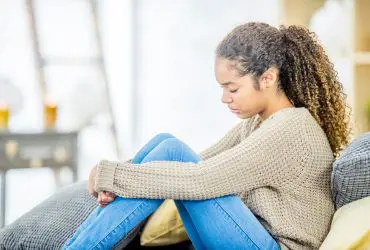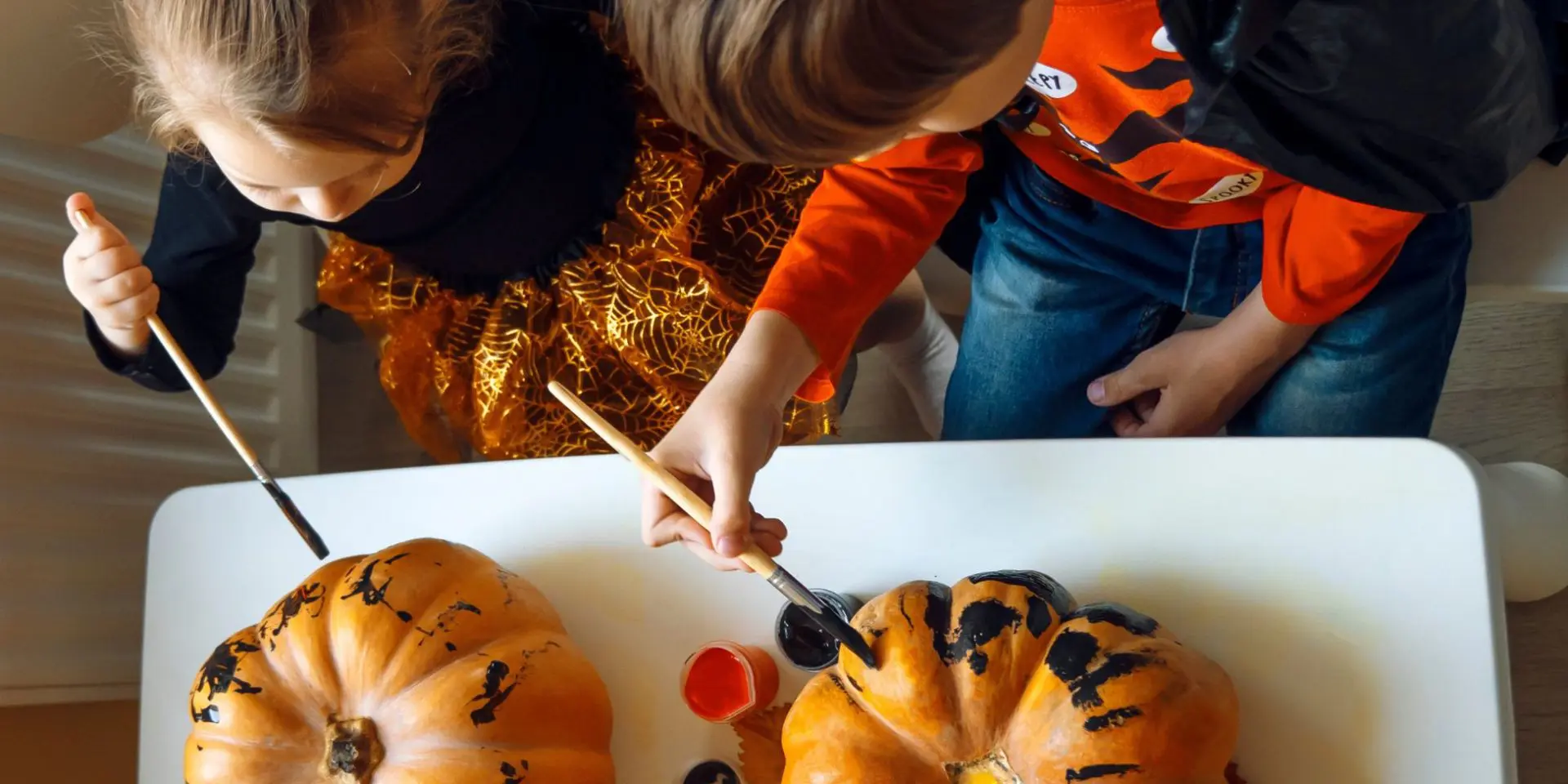Supporting bereaved children during half-term and Halloween can be challenging, especially when the nights are closing in and talking about ghosts and other spooky themes may trigger emotions linked to loss. Here are some helpful tips from our friends at WAY Widowed and Young to help navigate the upcoming school holidays:
- Be mindful of Halloween themes
Halloween’s focus on death, ghosts and gory costumes could potentially be overwhelming or distressing for some bereaved children. Discuss the themes openly and explain the difference between the festive nature of Halloween and real-life grief. Offer reassurance if children feel unsettled by the imagery.
WAY member Clare says: “My kids, 2 & 5, have been talking about zombies a lot recently, which obviously has an extra element to it for us. I’m thinking cute home-made decorations might be less scary than shop ones.”
- Adapt Halloween traditions
Depending on the child’s comfort level, adjust Halloween activities. If they find it difficult to engage in typical trick-or-treating or dressing up, suggest alternatives like a cozy movie night or a simple autumn-themed activity like pumpkin carving.
Aimie says: “I knew I wanted to be away for Halloween. The thought of seeing all the neighbours is like a nightmare to me so I’ve booked a night away for the kids and I. It will still be ‘Halloweeny’ but something I can cope with.”
WAY member Elanor suggests: “If you don’t put out pumpkins or decorate your house, you are not likely to be disturbed at all by trick or treaters. And if your little ones are young, but want to take part, they could still do pumpkins but bring them in early when they’ve had enough.”
- Include children in planning
Give children a sense of control by involving them in half-term and Halloween planning. Ask if they want to join in certain activities, and respect their boundaries if they prefer not to. Offering choices helps them feel empowered in a time when life may feel unpredictable.
Gayle says: “Don’t compare yourself to what others are doing. You don’t need to fill each day during half term. My son is as happy snuggling up to have a film day with some snacks as he is going for an adventure walk with the dog. I usually let him choose an activity for one of the days so he has something to look forward to that day he has chosen.”
- Acknowledge children’s feelings
Encourage open conversations about emotions. Let children know it’s okay to feel sad, scared or even confused.
Emma says: “We always watch Hocus Pocus and now the lads are older, we open the door [for trick or treaters]. As with any evening, if they want to talk about their dad, I listen or tell… Let the kids take the lead.”
- Get creative
Encourage creative outlets such as drawing, writing or crafting to help children express their emotions. Creating a Halloween or half-term project that honours loved ones can be a way to combine remembrance with creativity.
WAY member Veronica says: “My husband loved pumpkin carving so the first couple of Halloweens were quite tough, but my girls now love pumpkin carving too and see it as a connection to their dad.” – see pictures from Veronica below.

- Balance fun with sensitivity
It’s important to allow some fun, even while acknowledging children’s grief. Engage in activities that are light-hearted and stress-relieving, like going on nature walks, playing games or baking.
Try this fun spider web make and talk craft activity.
- Create a safe space for memories
Allow children to remember the person they’ve lost in a way that feels comfortable for them. You could set aside time to look at photos, share memories, or do something that honours their loved one – like lighting a candle or creating a memory box.
- Reach out for extra support
Half-term breaks can mean less contact with regular support systems like teachers or friends. Consider involving family members or trusted adults who can offer emotional support during this time. Reach out to other bereaved parents through peer support networks like WAY Widowed and Young, which also organises meet ups for widowed parents and their children.
WAY member Vicky shares: “When my daughter was younger, we used to go away for a Halloween-themed weekend over the October half-term break with other WAY parents and their children, with lots of dressing up and craft activities – making sure we were with people who understood what we were going through.”
- Make sure to look after yourself too
WAY volunteer Nichola says: “Don’t put too much pressure on yourselves. If you need a PJ day, have one. If you manage to get out, fab. If you watch old episodes of Friends all day, also fab. Accept help when offered, if people offer to take the children out without you, let them and practice a bit of self care.”
Veronica adds: “If I felt able to, in the school holidays when I was off work, I would help look after other people’s children. It kept mine happy and busy without it all falling to me and also meant I felt more able to ask for help at other times knowing I’d offered help to others too.”

About WAY
The WAY Widowed and Young community offers a safe space to talk to other people (both with and without children) who understand how it feels to be widowed at a young age.
Click here to see the latest post on WAY from Winston’s Wish.
Find out how WAY can support you at www.widowedandyoung.org.uk


Activities are a great resource to help children and young people navigate their grief and express their emotions.
At Winston’s Wish we have a range of activities that you can access for free, including themed Halloween crafts to do over the half term.

Give young people (13+) the opportunity to navigate their grief and hear real life stories from people their age on our youth-led website, Talk Grief.
From stories, podcasts, videos and tailored activities, young people can build coping strategies to manage their grief.


